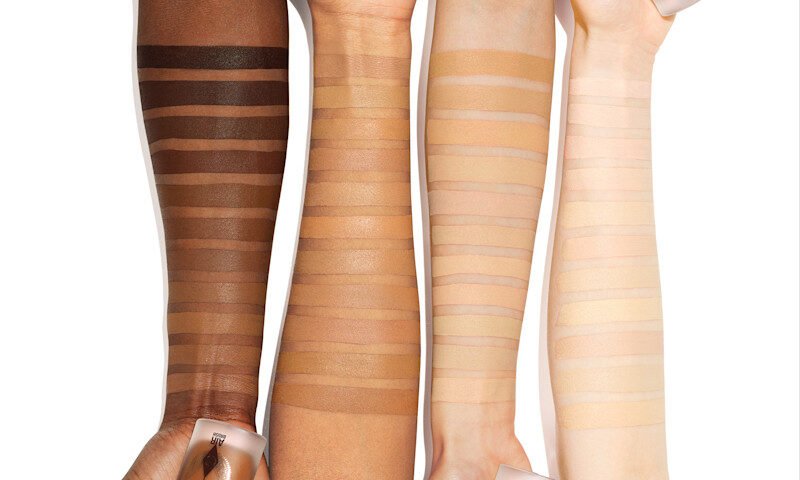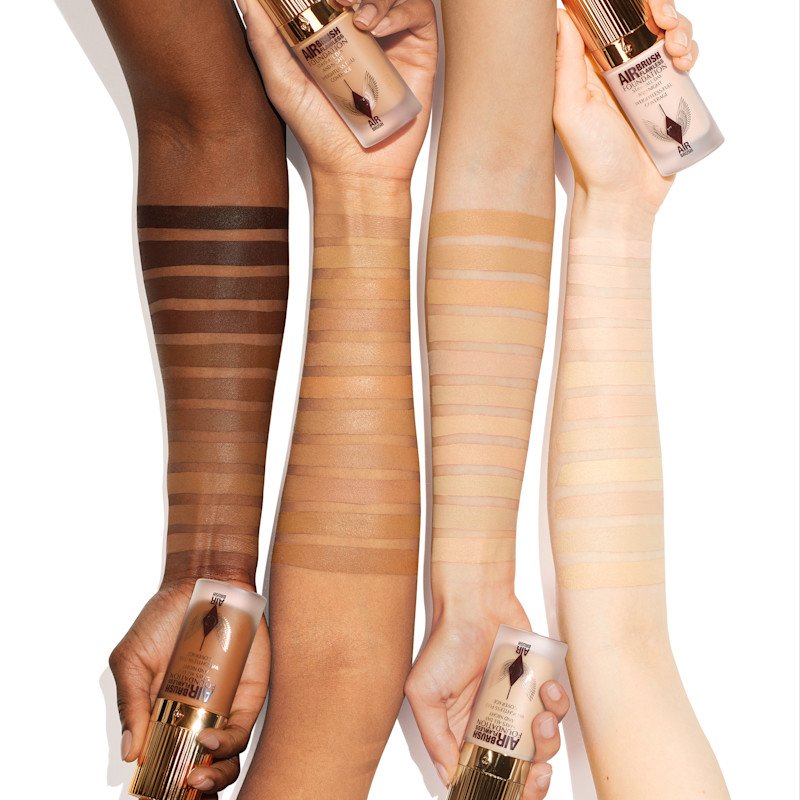Choosing the right foundation shade is one of the most important steps in any makeup routine. The wrong shade can make your complexion look uneven, unnatural, or mismatched, while the perfect shade enhances your natural skin tone and gives a flawless finish. Understanding your undertone, testing products, and knowing application techniques are essential to find the ideal foundation shade for your skin. This guide walks beginners and makeup enthusiasts through everything needed to confidently select the right foundation shade for a natural, radiant look.
Understanding Skin Tones and Undertones
Before picking a foundation shade, it’s important to understand your skin tone and undertone. Skin tone is the surface color, while undertone is the subtle hue beneath the skin. Cool undertones have pink, red, or bluish hues, warm undertones have yellow, golden, or peach hues, and neutral undertones are a balance of warm and cool tones. Knowing your undertone makes it easier to choose a foundation shade that blends seamlessly with your natural complexion.
Tips for Finding Your Foundation Shade
Test on Your Jawline
The jawline is the ideal spot to test foundation shade. It ensures the color blends naturally from your face to your neck, avoiding a mismatched look.
Natural Light is Key
Always check foundation in natural light. Artificial lighting can alter how the foundation shade appears, leading to unexpected results.
Match to Your Undertone
Choose a foundation shade that complements your undertone. Cool undertones pair with pink or neutral shades, warm undertones with yellow or golden shades, and neutral undertones can use a balanced shade.
Sample Multiple Shades
When testing in stores, try at least three nearby shades. Compare which one blends most seamlessly into your skin for the best foundation shade match.
Types of Foundation and Their Effect on Shade Selection
Different foundation formulations may affect the appearance of your foundation shade. Liquid foundations are versatile and blend easily with skin, powder foundations are best for oily or combination skin but may appear lighter, cream foundations offer richer coverage and may slightly deepen color, and stick foundations are convenient for touch-ups but can be heavier in appearance. Selecting the right type helps your foundation shade look natural and consistent throughout the day.
Seasonal Adjustments
Your foundation shade may need adjusting with seasonal changes. Summer sun can darken your complexion, while winter may leave skin paler. Choosing a slightly lighter or darker foundation shade during these times maintains a natural look.
Common Mistakes to Avoid
Even with careful selection, mistakes happen. Choosing a shade that’s too light or too dark, ignoring undertones, testing foundation on your hand instead of jawline, and not checking in natural light are common errors. Avoiding these mistakes ensures your foundation shade enhances your complexion instead of detracting from it.
Application Tips for a Flawless Finish
Apply foundation in thin layers, building coverage gradually. Use a brush, sponge, or fingers to blend evenly. Set with a light powder for longevity. Focus on blending edges into the neck and hairline to avoid visible lines. Proper application ensures that your foundation shade appears seamless and natural.
Conclusion
Choosing the perfect foundation shade is about understanding your undertone, testing multiple options, and selecting a formula that suits your skin type. Paying attention to lighting, blending carefully, and adjusting for seasonal changes will help you achieve a flawless, natural look every time. With these steps, finding your ideal foundation shade becomes simple, allowing your skin to look radiant, balanced, and polished for any occasion.

